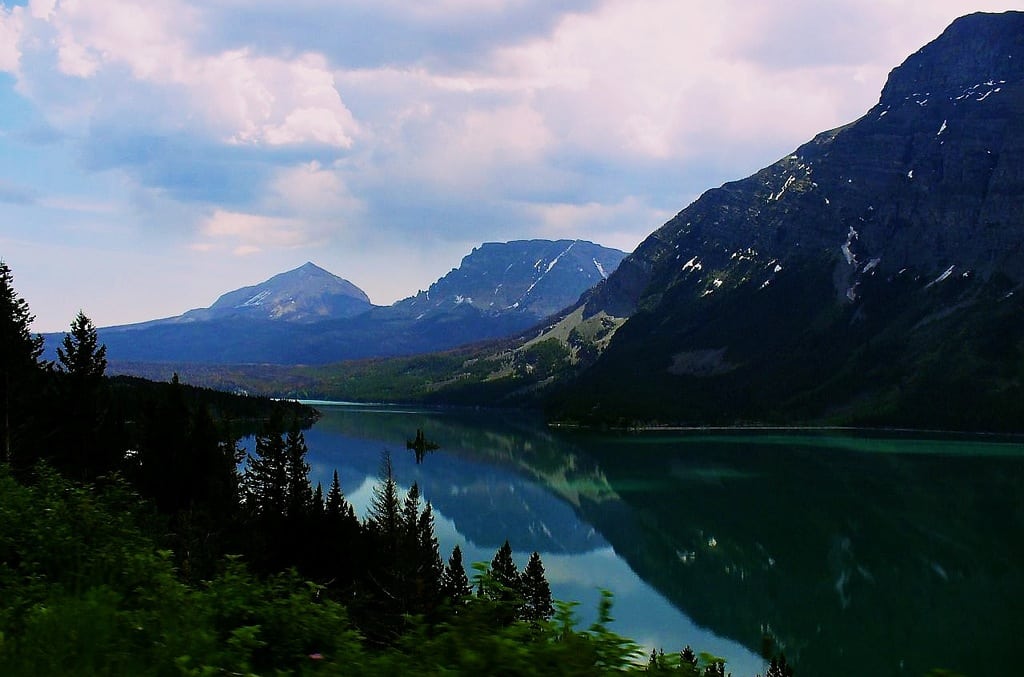Skift Take
Nice work by Montana to adapt when necessary. When you've got a big sky to play with, the sky can be the limit.
The way — and amount — Big Sky Country markets itself to potential visitors has changed a lot in 25 years.
Back in the 1980s, a magazine ad might have been the best way, or at least the industry standard, to draw new visitors to Montana, but today a smartphone app or snappy Facebook page is a more likely way for the Montana Office of Tourism to connect with travelers passing through the state.
“Right now it’s about mobile, making sure we have all of our marketing and all of our websites in a mobile friendly (format),” said Jeri Duran, the administrator for the Montana Office of Tourism.
“As the statewide industry has evolved, so too has the Montana Office of Tourism’s marketing,” said Mary Paoli, public relations manager for Voices for Montana Tourism, an industry coalition and advocacy group. “In 1987, three major TV networks and household magazines like Life and Time dominated. Today, Montana marketers reach travelers with highly-targeted advertising campaigns, mobile apps and social media engagement.”
The shift appears to have paid off: The number of out-of-state visitors in 2012 — and the amount of money they spent — was nearly triple what it was in 1988.
In 1988, 3.38 million nonresidents visited Montana and spent a total of $583.3 million (that’s about $1.14 billion in 2013 dollars), according to information provided by Voices of Montana Tourism.
Last year 10.9 million nonresident visitors came to the state and spent $3.2 billion — about 7.3 percent of the state’s gross domestic product, according to the latest numbers from the Institute of Tourism and Recreation Research at the University of Montana in Missoula.
That set a record for the number of nonresident travelers visiting the state and for nonresident traveler spending, which increased 12.6 percent compared to the previous year.
Connecting with more travelers starts with identifying what it is that actually attracts people to Montana, Duran explained.
The first reason people come to Big Sky Country is obvious, she said — it’s Montana’s spectacular and unspoiled natural beauty.
The second thing that draws people to Montana are the state’s small, charming towns, which Duran says give people an obvious place to stay while they explore the Great Outdoors.
After that, it’s that visitors want to experience the things that make Montana unique — things like Native American culture, Montana-made goods and specific restaurants and bars, she said.
Understanding that what travelers are really after has shaped the way the Office of Tourism markets the state to visitors, Duran said.
“We’ve sort of labeled it the ‘geo-traveler,’ and what that means is that they really want to experience a sense of place, of the culture,” she said. “They really want to live kind of like a local. People want to hear from other people, not the company or not the person doing the selling. They want to hear about the experience from other people who have visited.”
One of the ways the Montana Office of Tourism has connected with travelers is through its “Get Lost” smartphone app, which uses cellphones’ GPS systems to — with just the tap of the screen — show what destinations are in your immediate area.
Duran says the app connects people with destinations in Montana they “would never know about driving by on the freeway.
“That was very focused on highlighting those out-of-the-ordinary, off-the-beaten-path experiences and that really allowed us to partner with actual businesses and trails and get very specific with visitors about what there is to do around the state,” she said.
One of the Office of Tourism’s latest marketing campaigns features videos of real visitors interacting with the wild experiences Montana has to offer.
“It’s actual video of somebody going to Yellowstone Park and seeing a grizzly bear for the first time, so it’s just a random stranger that we’ve found,” Duran said. “We are really trying to go that direction — let other people sell Montana and the great experiences that they’ve had. Our biggest responsibility overall is to inspire somebody to come to Montana with more of that, ‘Wow, that’s amazing. I really want to go there.'”
According to some industry insiders, the lodging tax, which was passed in 1987, and its contribution to marketing the state as a travel destination is a big part of why Montana is able to attract so many more visitors.
The tax allows hotels and the like to charge customers a 4 percent sales tax that is then pooled and used to market the state as a travel destination. In 2003, an additional 3 percent lodging tax was added.
Just before the original lodging tax passed, Montana was in the bottom few states in the country in state-funded tourism marketing and only spent about $2 million in 2013 dollars a year trying to attract out-of-state visitors — and the money came directly out of the state’s general fund, said Stuart Doggett, executive director of the Montana Lodging and Hospitality Association, who testified before the state Legislature in favor of the tax in 1987.
In fiscal year 2013, the Office of Tourism is projecting having about $15.4 million to work with.
The lodging tax is great for economic development in Montana, Doggett said, adding that “the $3.2 billion that nonresident visitors bring in really matters. It’s bringing new dollars into our economy.”
![]()
The Daily Newsletter
Our daily coverage of the global travel industry. Written by editors and analysts from across Skift’s brands.
Have a confidential tip for Skift? Get in touch
Tags: apps, facebook, montana, smartphones, social media, twitter
Photo credit: Glacier National Park in Montana. Meredith Rendall Photography / Flickr
